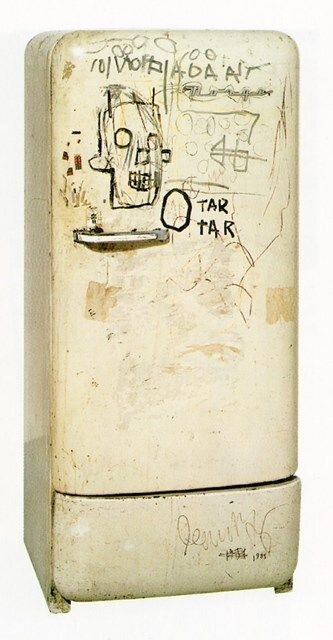Bi History Week - In Summary
As part of our Pride Month social media campaign, Bi+GA looked back at historic Bisexual people who reinforce what we as a community already know: that we've always been here, despite attempts to erase us from our history. Each day that week we highlighted famous Bi people from recent history. Though we can't always know how they would have identified if they had the language we have now, each of them showed attraction to people of multiple genders.
For additional images of the people highlighted and their work, see our twitter mega-thread linking to each day’s post, as well as our retrospective.
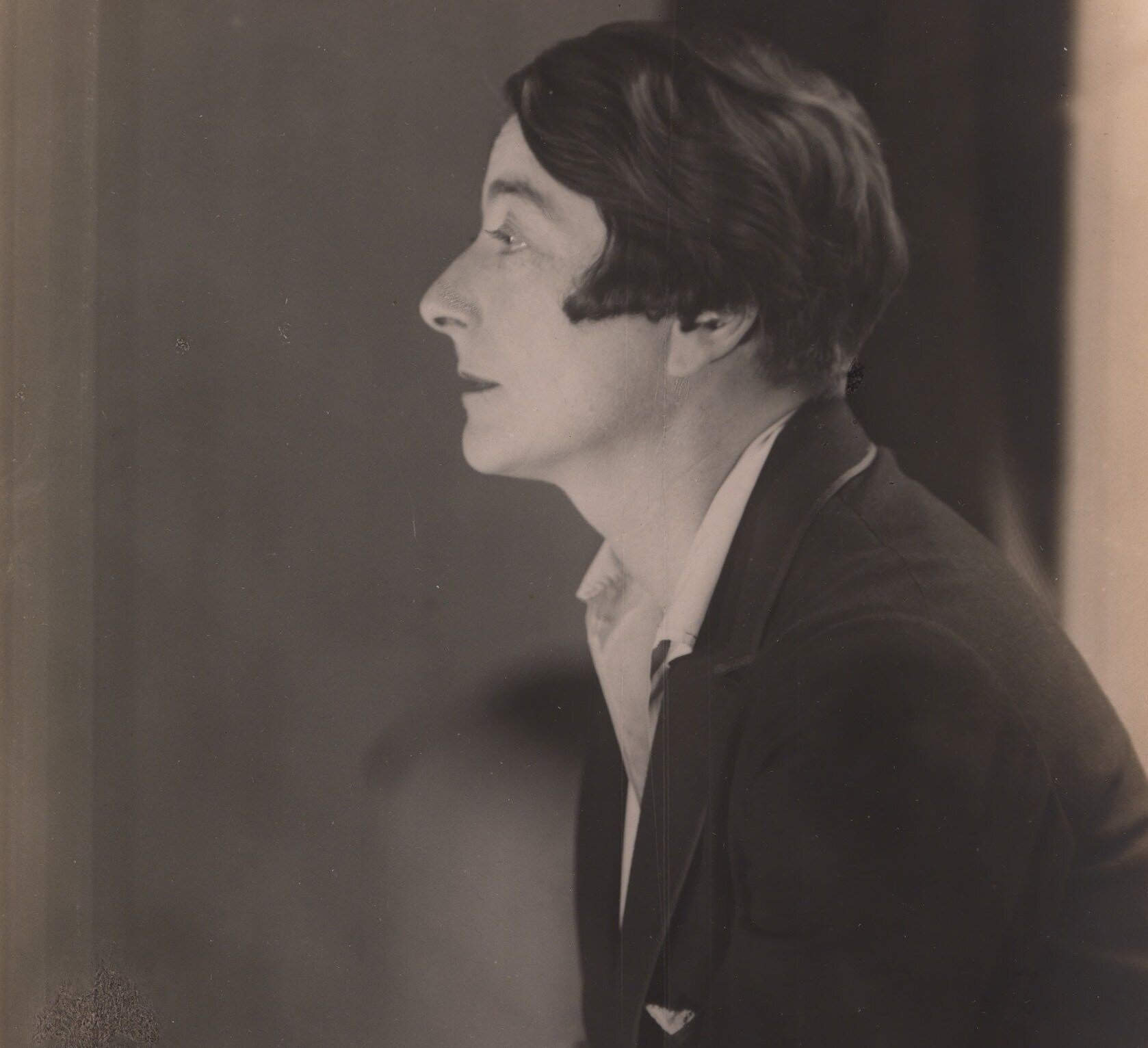
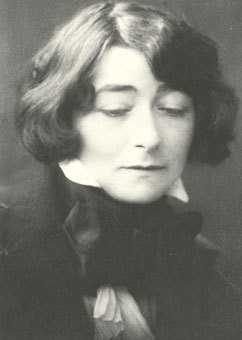
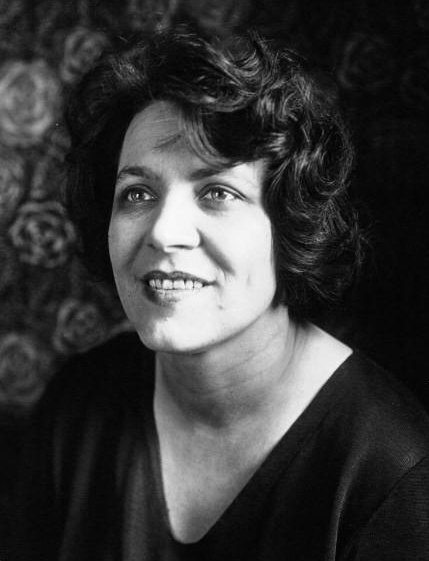
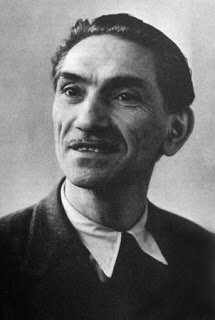

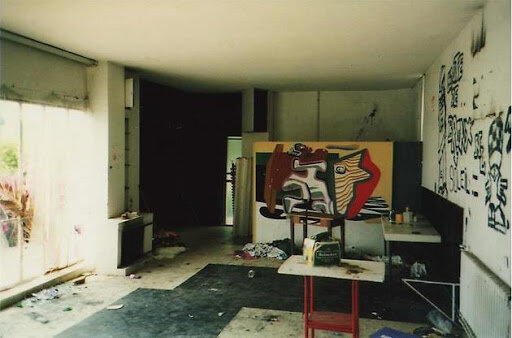
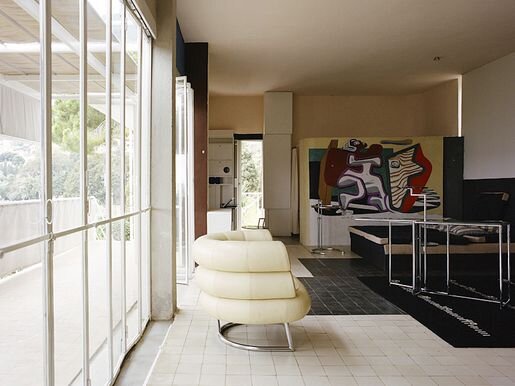
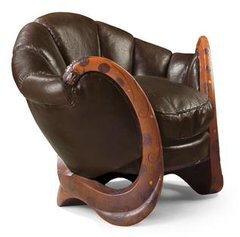

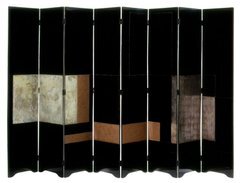
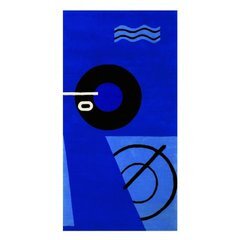
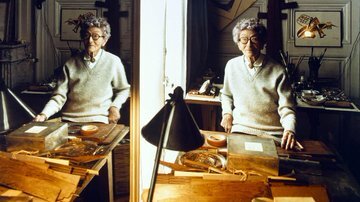
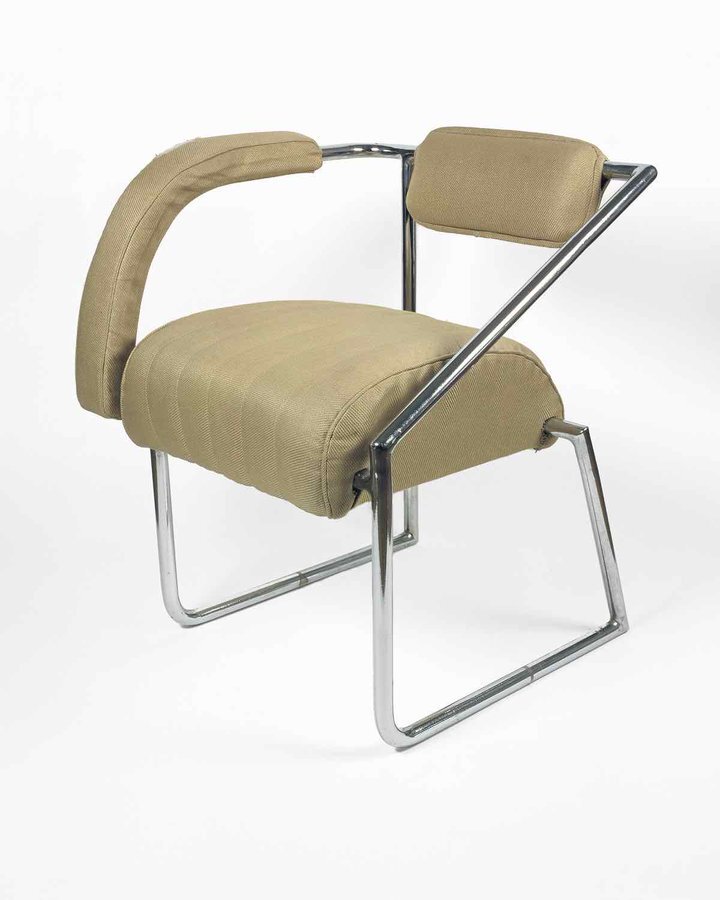
EILEEN GRAY
Our first highlight for BiHistoryWeek was the Irish architect and designer Eileen Gray. Read on for a glimpse into her Bi Life as well as her work and accomplishments.
Eileen Gray was heavily involved in lesbian circles in 1920s Paris, and was often seen around the city with Marie-Louise Damien, a singer she was in a romantic relationship with. Her other notable relationship was with Jean Badovici, a fellow architect, with whom she designed her most famous work: a seaside home named E-1027. At 51 years of age, it was Gray's first architectural project.
Badovici took credit for the work, and allowed his friend and famous architect Le Corbusier, of whom Gray was often critical, to stay at the house where he painted explicit art on the walls, an act which he later admited was meant to "destroy" the walls rather than enhance them. The house fell into disrepair for many decades but was recently restored and featured in a (dramatized) movie about her and Badovici's relationship.
Despite being most famous for her architectural work, the vast majority of her art was in the form of furniture, lacquered screens, and rugs. A chair designed and built by Gray became the world's most expensive chair at an auction a few years ago. Due to Badovici taking credit for E-1027, despite it being primarily Gray's work, it would be decades before she became a prominent figure in architectural and interior design history, an achievement which she thankfully lived to see.
She also designed what became known as the "non-conformist chair", which bares a striking resemblance to current bisexual sitting meme chairs.
Though she never married and her relationships after Badovici are not well known, Eileen Gray remained involved in sapphic circles. Her bisexuality is a well known and documented aspect of her life, and is recognized in many articles about her work and life.
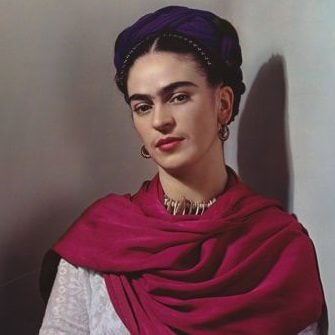

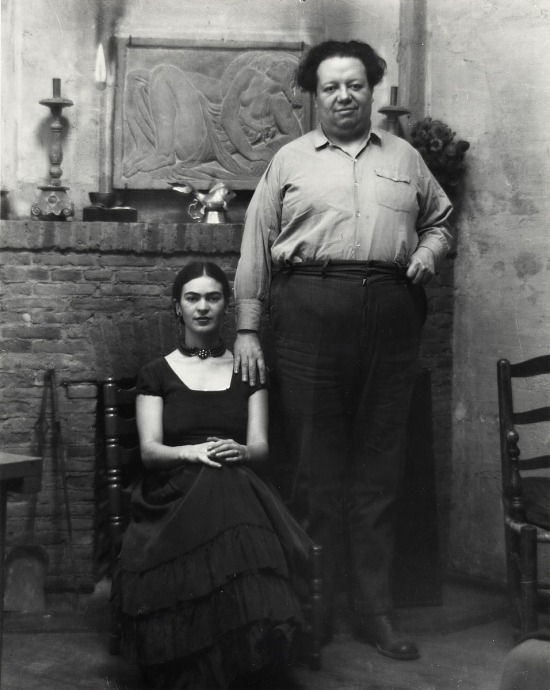
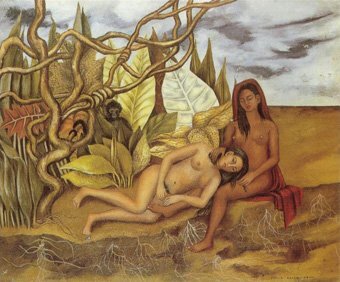
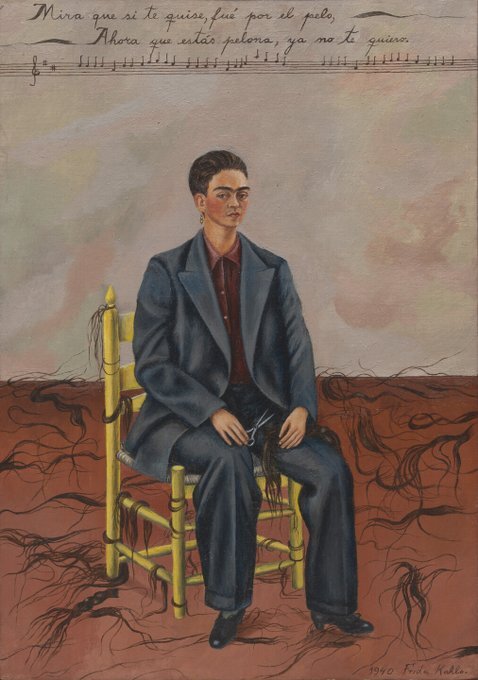
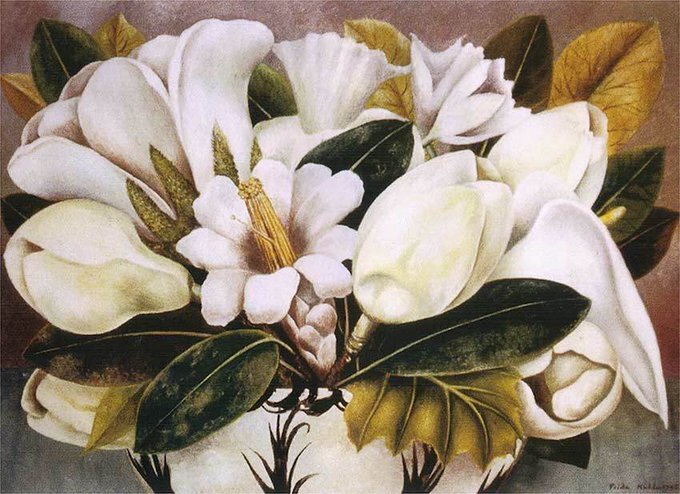
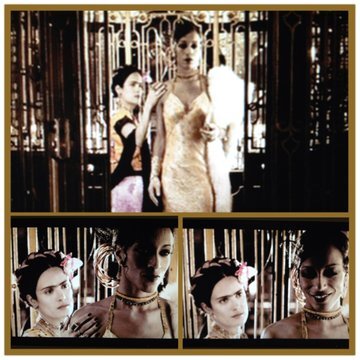
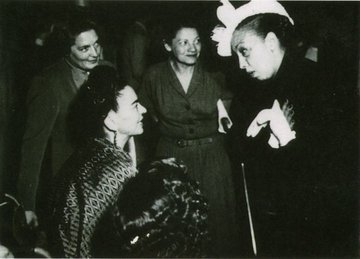
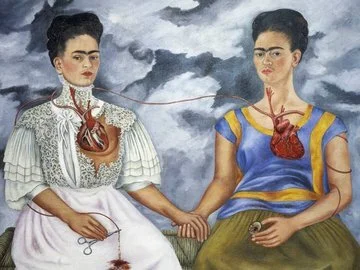
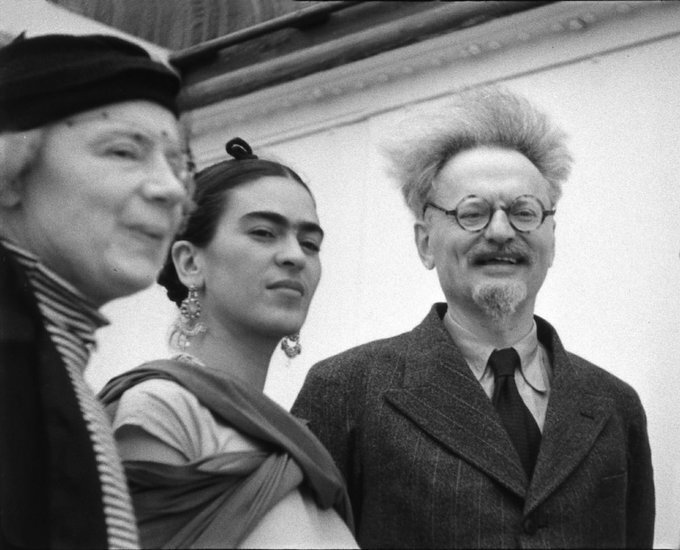
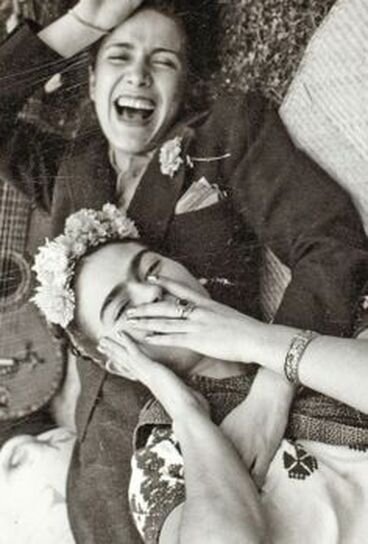
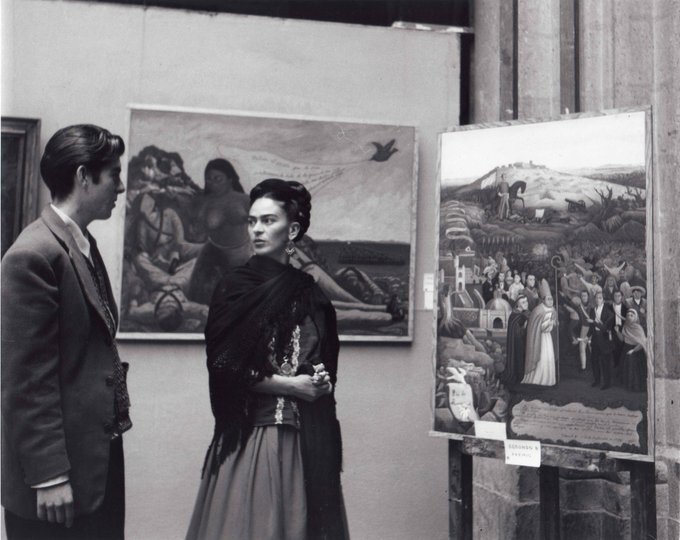
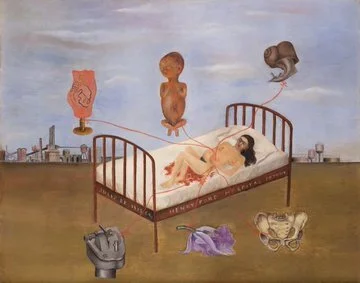
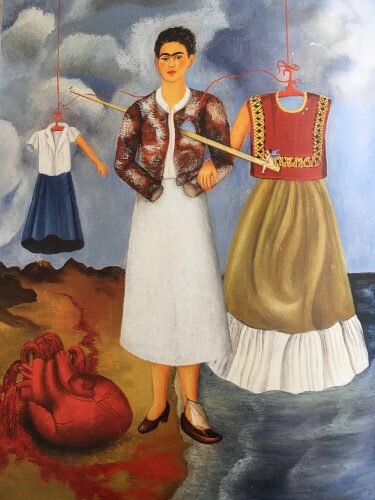

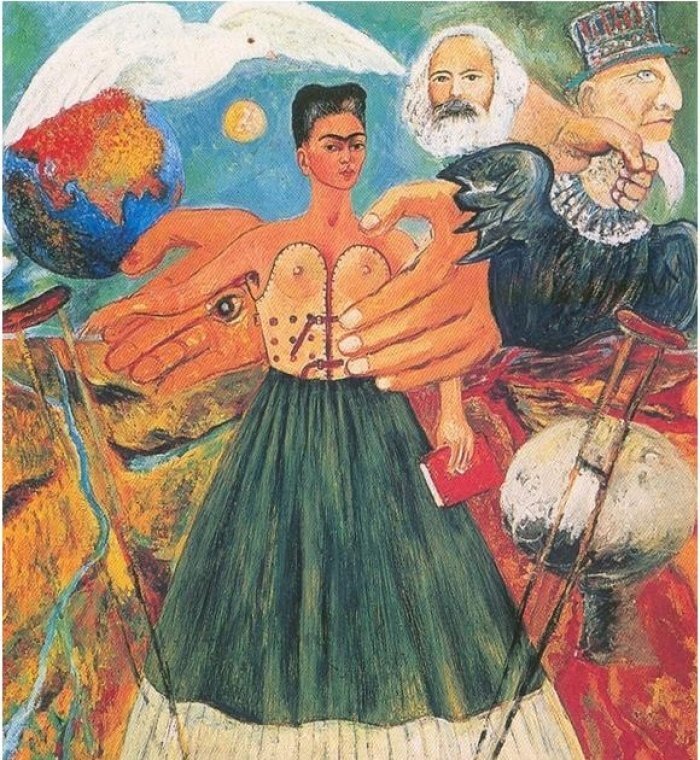
Frida Kahlo
For the 2nd day of BiHistoryWeek we focused on Frida Kahlo. Though her work is famous all around the world for its depiction of gender, disability, and pre-colonial identity, there are still many people who don't know about her bisexuality. She was married to fellow artist Diego Rivera, and both of them had numerous confirmed and rumored relationships outside of their marriage. Unfortunately, homophobia in the 1930s and 40s meant that much fewer documentation exists of her relationships with women.
Several of Frida Kahlo's paintings are often interpreted as expressions of her bisexuality. The painting of two women is accepted in many circles (though not completely proven) to have been a gift to actress Dolores del Rio depicting their relationship. Many of the women that Frida Kahlo may have had relationships with, are also known to have been involved with her husband. That list includes Dolores del Rio, Paulette Goddard, Tina Modotti, and others. She is also frequently linked to Josephine Baker, who is also known to have been bisexual. The 2002 movie "Frida" depicts this relationship, though, like with the previously named women, there are few if any accounts of what their relationship was like. A letter from Frida Kahlo to a friend did, however, reference an affair between her and artist famous artist Georgia O'Keeffe, whose own work inspired at least one of Frida Kahlo's own paintings.
The most substantiated of her affairs with women was with singer Chavela Vargas, who came out as a lesbian in her 80s and confirmed that the two of them had been involved with one another. In a letter, Frida Kahlo named her husband and Vargas as her reasons for living. Frida Kahlo's relationships with men, on the other hand, are much better documented. Besides her husband, she had relationships with Nickolas Muray, Isamu Noguchi, and, perhaps most famously, with Leon Trotsky. The couple provided Trotsky and his wife shelter when they were exiled from the Soviet Union, during which time the affair took place. Both she and Diego Rivera were considered suspects in Trotsky's death, but both were cleared of any involvement.
Though this thread is mostly focused on her bisexuality, the most common themes in her work are depictions of her disability, her gender (and changing expression thereof), communism, and creating a Mexican identity based not in colonial symbols, but by embracing indigenous roots. These intersections have made her an important figure for many marginalized groups, and it'd be inaccurate not to mention them. Her politics also greatly influenced her travels through the US as well as the non-hierarchal relationship she had with her students. One of her last paintings, titled "Marxism Will Give Health to the Sick" brought all of these themes together into one painting. It highlighted not just her politics, but also depicted the worsening of her chronic pain leading up to her death.
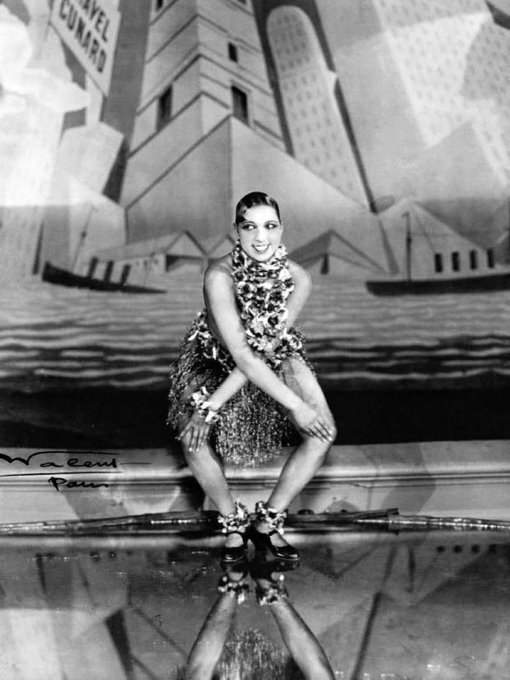
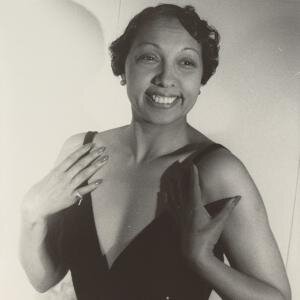
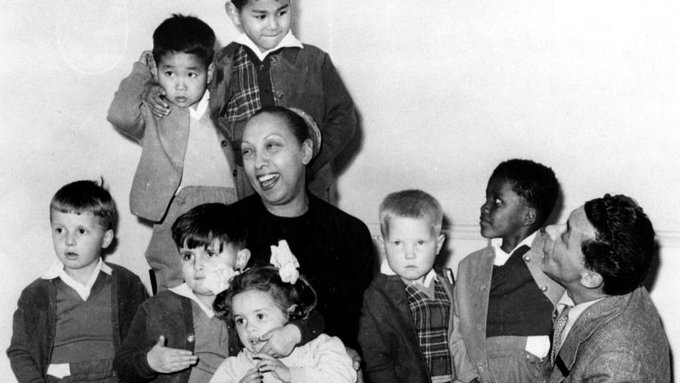


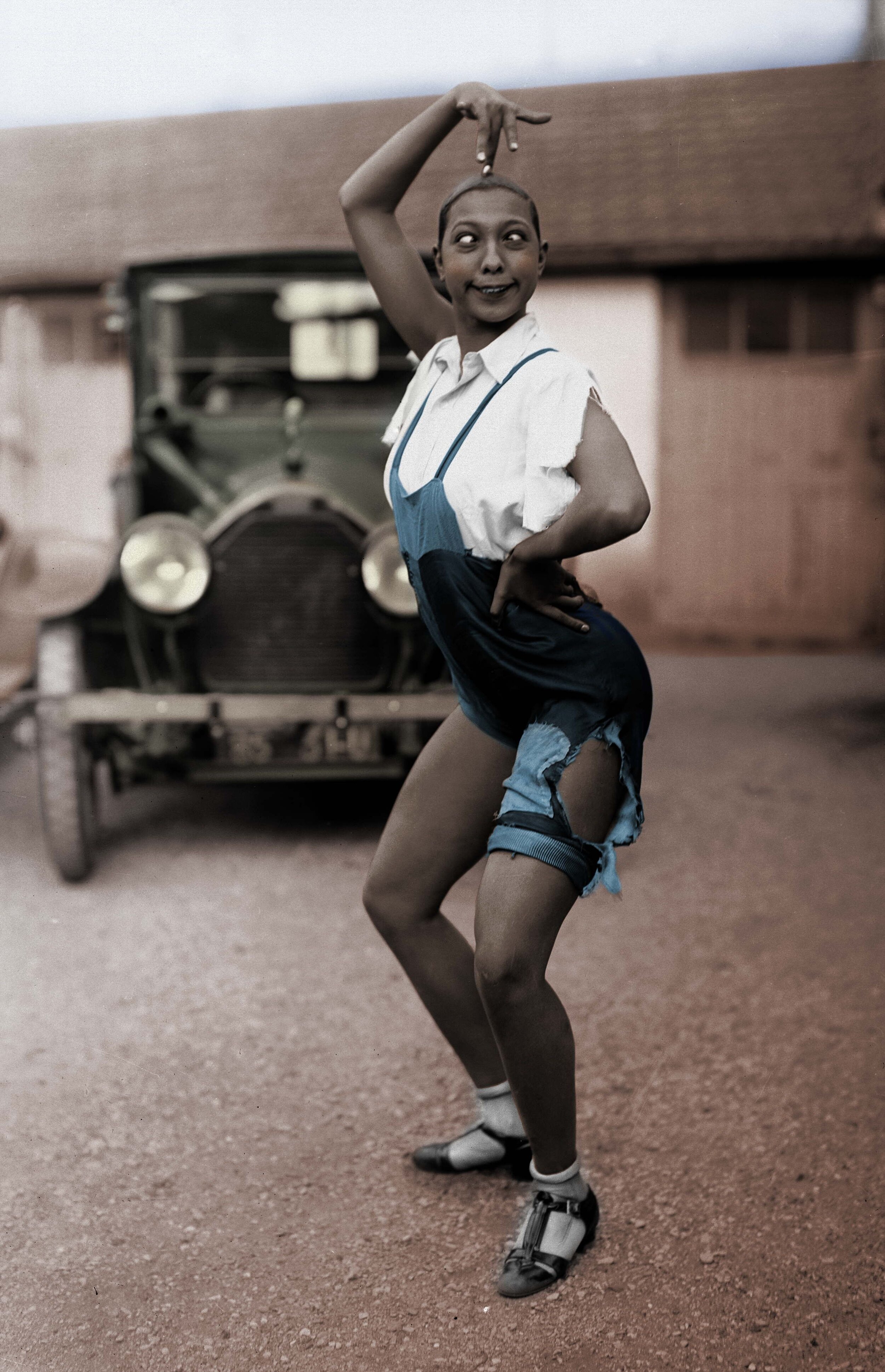
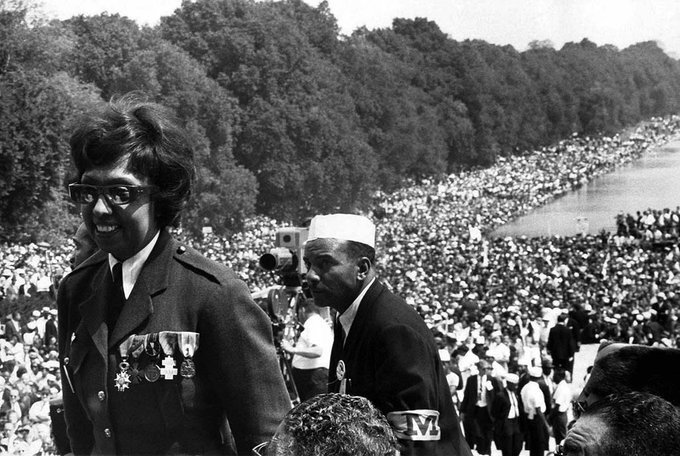
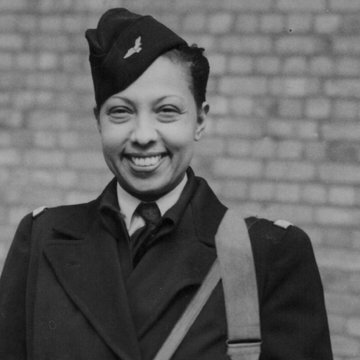
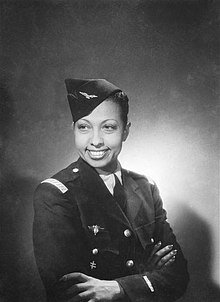
Josephine Baker
After highlighting Frida Kahlo the day before, it's only fitting that our next BiHistoryWeek highlight be Josephine Baker. She is famous as a performer, activist, French resistant agent, and for the many adopted children that formed her family. Her relationship with Frida Khalo is far from the only same-gender relationship she is know or speculated to have had. Some will never be known for sure, but one of her children confirmed that she was Bisexual and named several women she had been in relationships or involved with. One of the women named was Clara Smith, a famous blues singer whom Josephine Baker met early on in her career while traveling around the US as a part of Black performance and theater groups. Based on accounts from her fellow performers, not only was the relationship known among them, but relationships between women were not uncommon in 1920s theater groups.
She continued to have relationships with women throughout her life, though little documentation exists of those relationships besides confirmation from her family and the women she was with that the relationships occurred. Ada "Bricktop" Smith, an accomplished singer and performer in her own right, is one such woman. Their relationship started when she first moved to Paris. Both were Black women from the US who came to France to perform. Many of Baker's relationships were with singers and dancers.
As with many historic bisexual people, her mixed gender relationships are more closely documented. The most obvious are her marriages- the first of which took place when she was only 13 years old. Throughout her life she had 4 husbands, all of which she eventually divorced from. Her husbands were not the only relationships she had with men, and she was in a relationship when she died, having lived a life of many layers.
Josephine Baker used her fame as part of her civil rights efforts, refusing to perform in venues with segregated audiences. When the owners of a Las Vegas establishment Baker was set to perform in turned away Black ticket holders, she refused to perform until they were allowed in. At the March on Washington, she spoke of her own experiences being turned away from establishments in the US, racism which had, many years earlier, caused her to renounce her US citizenship. Besides her civil rights activism, she also used her fame and influence to gather information for the French resistance during WWII. Her performances gave her access to parties attended by German, Japanese, and Italian officials. She also housed resistance members at her chateau.
It'd be difficult to summarize all of her accomplishments in just one thread. She was a performer, internationally known and loved, who adopted and raised 12 children, spied for the Allies in WWII, and used her influence to champion civil rights in the US and France.
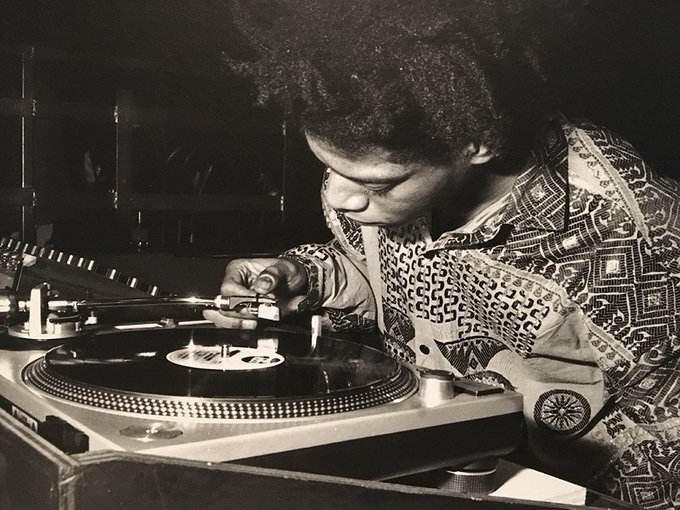
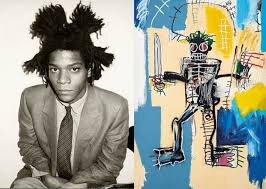
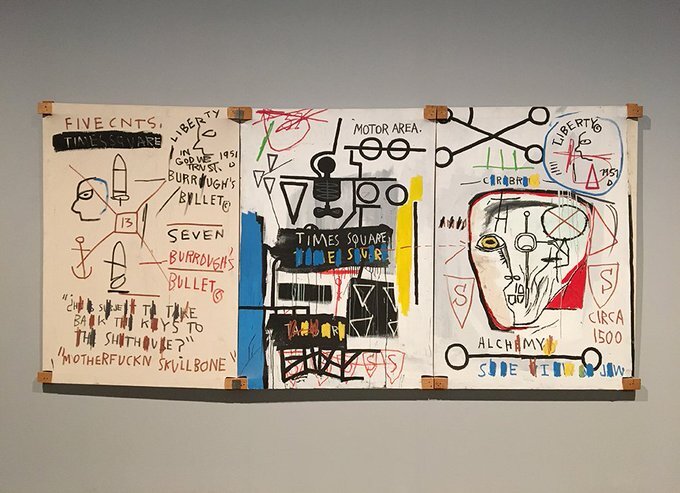
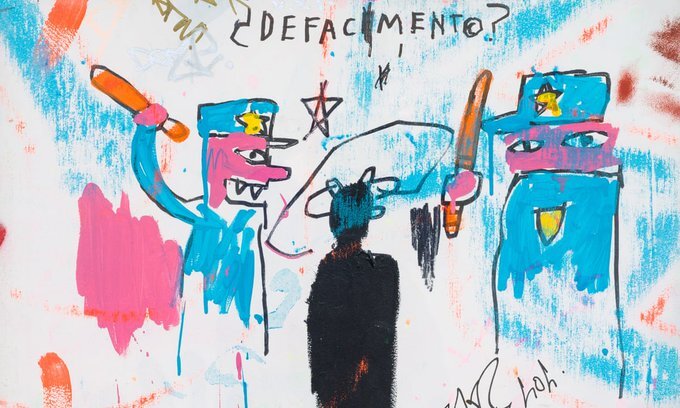
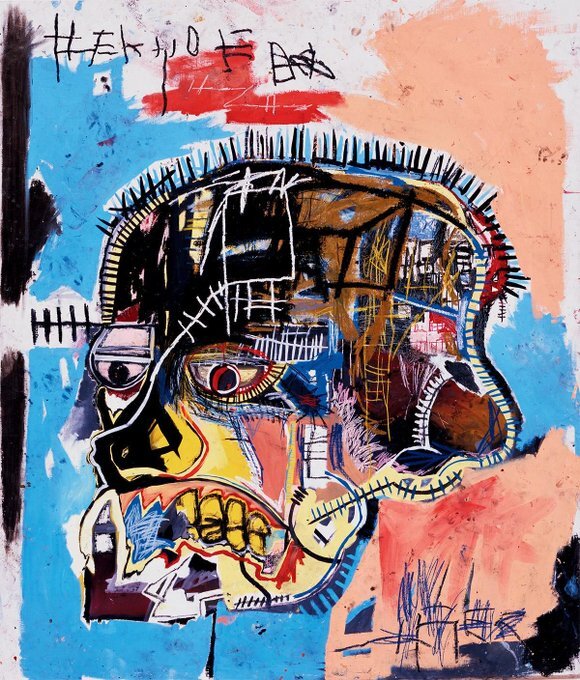
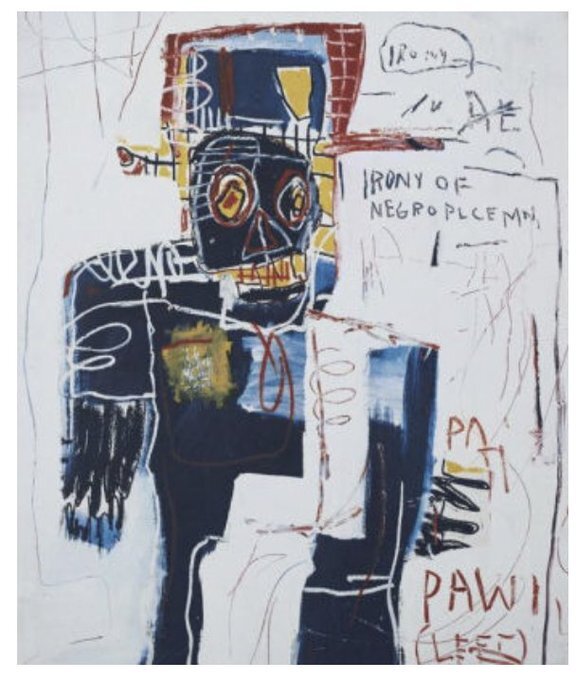
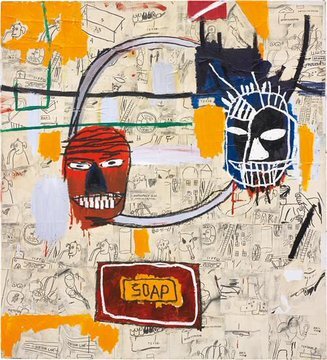
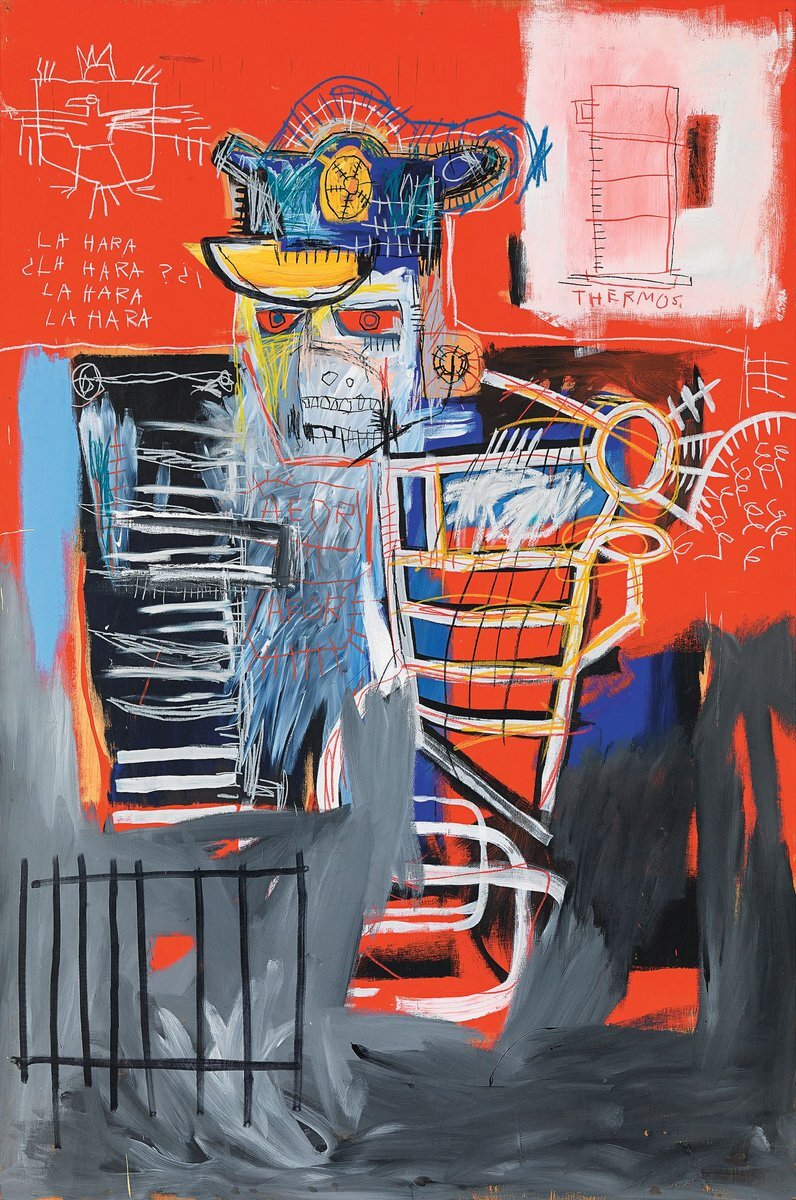
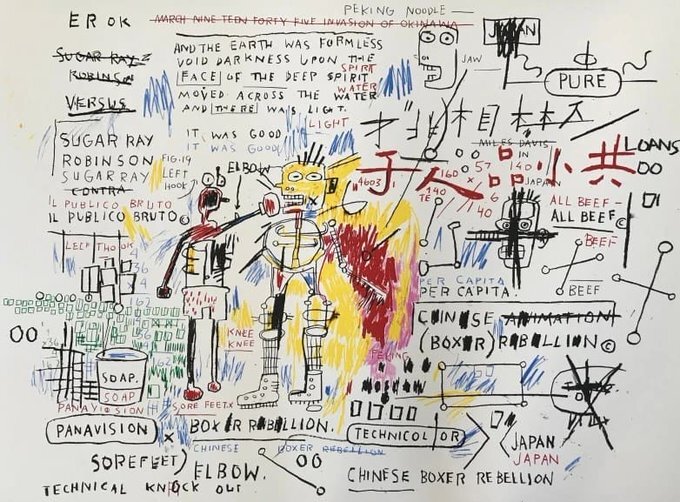
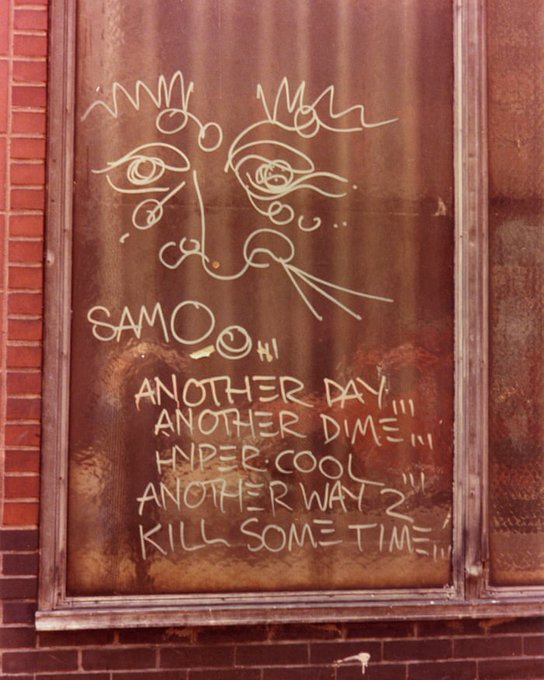
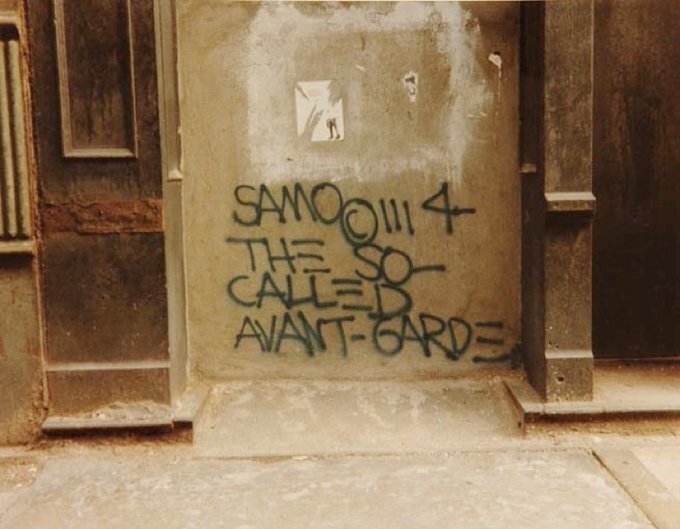
Jean-Michel Basquiat
For Friday of BiHistoryWeek we highlighted Jean-Michel Basquiat, whose expressive paintings challenged not just how many engage with art, but made strong statements about racism, classicism, and other system injustices. Close friends of Basquiat’s have confirmed that he was bisexual and had relationships with men and women. Suzanne Mallouk, an ex-girlfriend and friend of his, described him as having " a very rich multichromatic sexuality." She also described how many of his relationships were short lived or casual, and most of them remain anonymous. Because of that, this post will have less focus on romantic relationships than some of the earlier posts from this week.
Basquiat's art is famous for many reasons. Its expressive nature was divisive during his life and to an extent still is. It took many years of hard work for Basquiat to gain a foothold in the art world, but once he did he rose quickly to fame. Despite his success at art shows around the world, many museums still did not see the value in his art, turning down offers to buy his pieces even after he had become famous for his work. Much of that work focused on subjects and themes still as relevant today as they were when he painted them. One such work is "Defacement" Never intended as a work to be sold and displayed, it was instead a very personal piece- a tribute to Michael Stewart, a young Black artist who was killed by police. Other artworks of his also featured commentary on police officers and brutality.
He also drew from his Haitian and Puerto Rican heritage as well as late 70's/ 80's Black culture. All are represented in his works, and are often interwoven with his political commentary. Poverty and class inequality was another major theme Basquiat addressed in his work. Basquiat's imagery often invoked conflict between oppressive systems and the people they oppress. Political themes aren't the only way Basquiat challenged the art world. His early paintings were often made on unconventional substrates- anything he could find on the street walking home, because canvas was too expensive. He also made art on his walls, appliances, and on clothes. The earliest art he's known for is graffiti, which he incorporated into his paintings as well.
Collage, a mix of written words and visual imagery, and a loose expressive style were far from the "refined" art typically displayed in collections. That revolution of visual styles is as important to his impact as the themes he represented through them. It'd be impossible to summarize his whole body of work in just a few paragraph- this thread really only scratches the surface.
Retrospective
For our last BiHistoryWeek post we highlighted not just a single historic figure. Instead we wanted to bring to the forefront the challenge we as a community face in researching and recording our history. Often the only way to find out about a historic person's bisexuality is to know to look for it. Even for people like Frida Kahlo, whose bisexuality is supported by her own writings, it's often mentioned only as a footnote, or same gender love is recorded as being less important. It sometimes seems like it's easier to find historic bi people by accidentally stumbling upon it as a tiny footnote in their otherwise lengthy biographies, than it is to find them when you're actively looking for them.
Community-led posts and blogs are the largest resource we have to finding out about our history, and they will never be able to tell the full story. For every bi person on this list, there were more LGBT people in their lives- people they loved whose names we'll never know. There are people we only know are bisexual because letters between them and a more famous lover of the same gender survived. Or because a friend told their tale after their death. Many records never survived, or never even existed, from relationships kept secret due to fear of homophobic laws or violence.
This is especially evident when trying to find the histories of bisexual men of color. Racism and homo-/biphobia combine so that the few names featured in compilation articles (if any are at all) are men specifically famous for their activism. Where are the stories of bisexual scientists? Factor workers? Asian Men? People of all walks of life whose stories have never been recorded or are glossed over. That's why lists such as these can be so important, though they're small and incomplete and reflect the biases of the straight historians and biographers who decided whose bisexuality "deserved" to be acknowledged and whose wasn’t important enough.
Through enough of these incomplete puzzles of our history, maybe we can someday start to put the picture together. As a community we can uncover our history, and as a we community will preserve it. Thank you for joining us on this small glimpse into our history.

